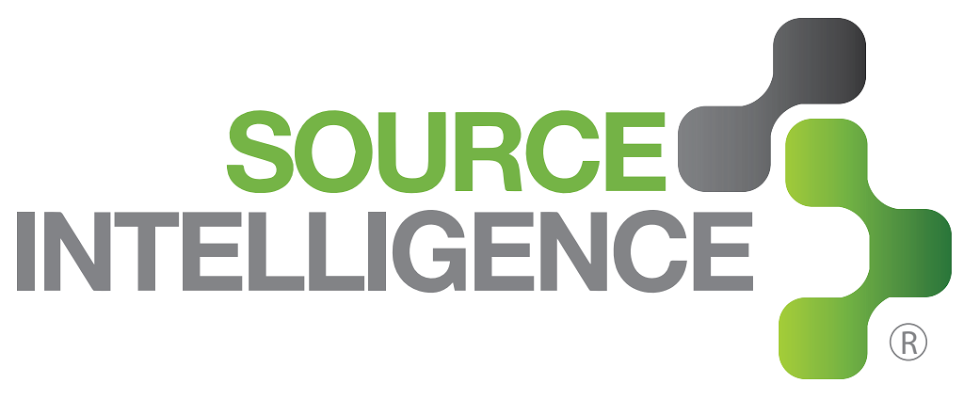Achieving Sustainable Development Goals to Eradicate Human Trafficking and Forced Labor: New Global Organization Alliance 8.7 Launched

Alliance 8.7 was launched on September 21 during the UN General Assembly in support of meeting Sustainable Development Goal (SDG) 8.7, to “take immediate and effective measures to eradicate forced labour, end modern slavery and human trafficking and secure the prohibition and elimination of the worst forms of child labour, including recruitment and use of child soldiers, and by 2025 end child labour in all its forms”. It aims to coordinate diverse stakeholder support and diverse resources to shape solutions for achieving SDG 8.7. Its formation is evidence of growing conviction that existing programs and efforts for eliminating modern slavery and human trafficking are insufficient. Aeneas Chuma, Assistant Director General of the ILO, has said, “to advance the sustainable development goal 8.7, we can no longer do business as usual. We cannot enact the same policies or implement the same programmes and expect different results.”
Human rights abuses continue to proliferate in all regions of the world:
-
21 million people worldwide are in forced labor, and 90% of forced labor is imposed by private entities
-
168 million children worldwide are in child labor
-
Forced labor and child labor are present in every region in the world
More countries are enforcing criminal penalties for human trafficking; from approximately 20% of countries criminalizing most or all forms of human trafficking in 2003 to more than 80% in 2014. Regulations include but are not limited to the UK Modern Day Slavery Act and the California Transparency in Supply Chains Act (SB-657). Global companies have also publicly committed to strengthening efforts to reduce forced labor in the supply chain. Cargill, a member of the Roundtable for Sustainable Palm Oil (RSPO), is implementing a new Child Labour Monitoring and Remediation System (CLMRS).
Achieving the global goal of eliminating forced labor, modern slavery, and human trafficking requires the contribution and commitment of all sectors, and the collaboration of diverse stakeholders in the supply chain. For help on understanding and targeting areas of human trafficking risk in your supply chain, utilize Source Intelligence’s supply chain transparency solution.

